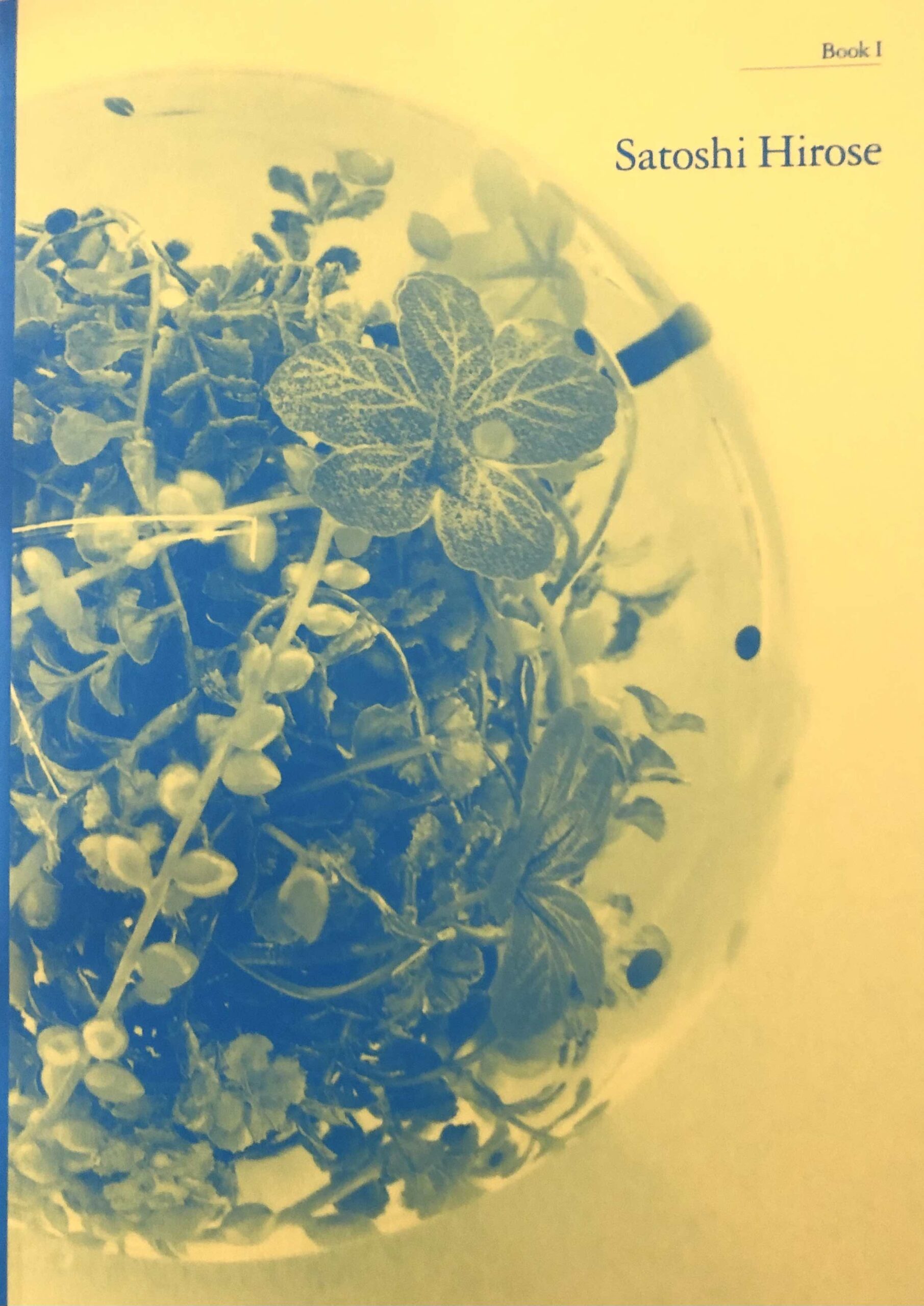
In "Satoshi Hirose. The Earth is Blue Like a Lemon", True Creative Ring Dept. / Cawai Factory Inc., Tokio 2020
Satoshi Hirose is the descendent of a series of cultural issues that have been explored in art in terms of syntony/synchrony between the objects and the events. When he first arrived in Italy, Hirose studied at the Accademia di Brera and at the Casa degli Artisti in Milan with Luciano Fabro, one of Arte Povera’s protagonists. It is in the realm of the Conceptual art (the Duchampian “Why not sneeze”), that the blurring between senses begins, and establish the seeds of Hirose’s Garden of the senses.
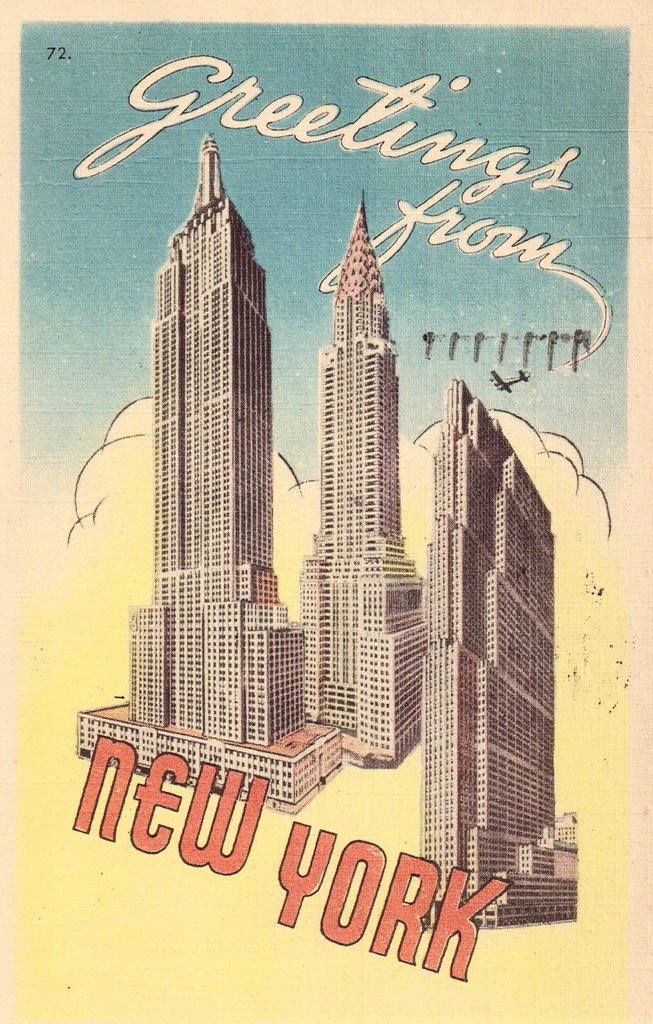
in "Circolazione di persone e di idee. Integrazione ed esclusione tra Europa" (a cura di Susanna Nanni e Sabrina Vellucci), Bordighera Press, New York, 2020, pp. 256-272.
The history of Italian artists is New York City is a controversial one. L’aria della grande mela (The Big Apple’s Air) analyzes the fortunes and misfortunes of the Italian artists in the City after the Second World War (1950-2000).
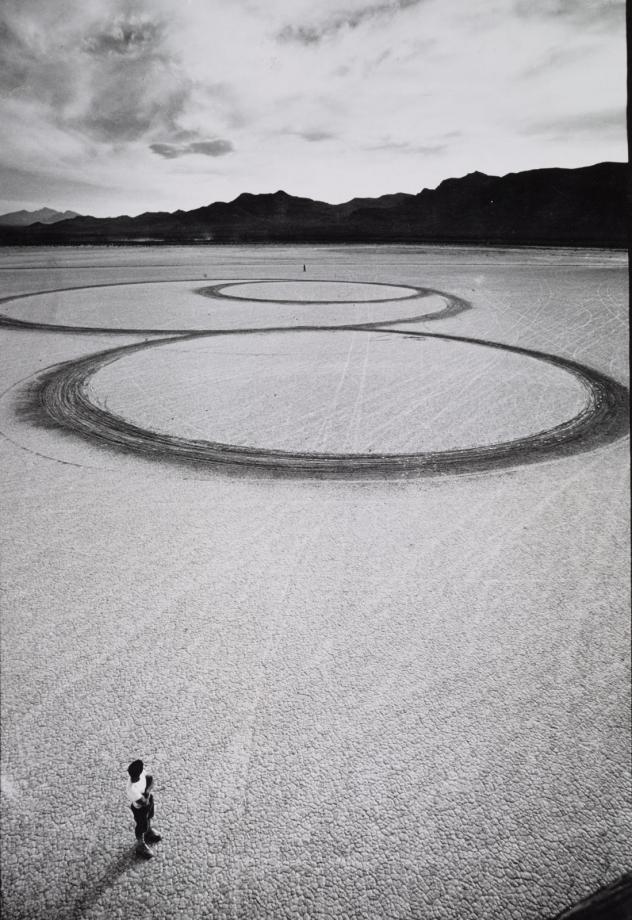
in "Iperstoria. Journal of American and English Studies", 2018.
Land Art as Landscape Monuments in five interpretations: Robert Smithson, Jan Dibbets, Dennis Oppenheim, Michael Heizer and Walter De Maria. 📄
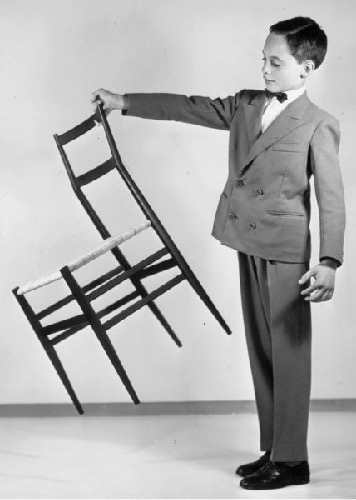
In: ".it Italian trade", Italy/America Chambre of Commerce of Miami, volume 13, Issue 1, pages 18-19, Miami, USA 2017.
“Italian Design” is a specific category of the International history of Design. It is a “design of culture”, as Emilio Ambasz (curator of MoMA Exhibition’s Italy: The New Domestic Landscape, 1972) declares. Italy, a worldwide trendsetter in design is an historical survey on Italian Design focusing on its latest protagonists and researches.
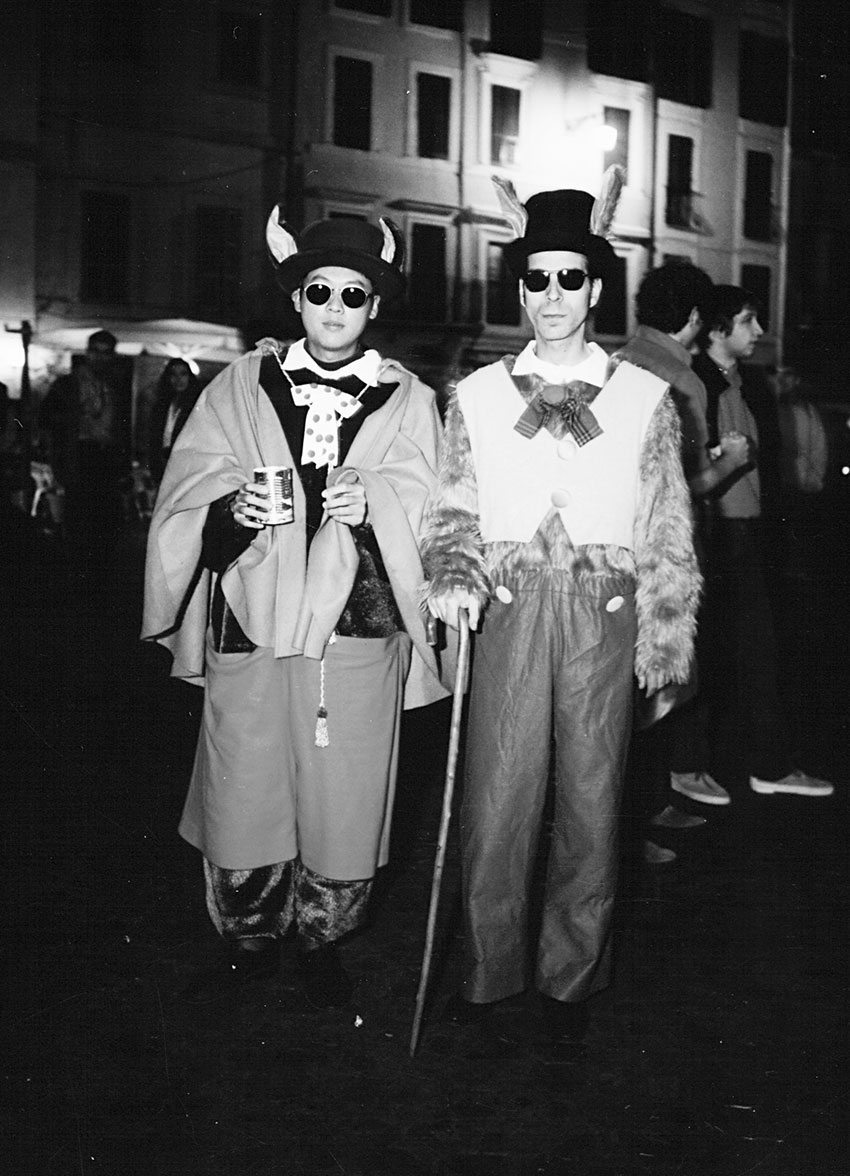
in Flash Art, 50, n. 336, Milan, 2017, pages 33-35.
The Fox and the Cat is an ancient fable with both Eastern and Western analogues involving different animals that addresses the difference between resourceful expediency and a master stratagem. In the basic story a cat and a fox discuss how many tricks and dodges they have: Felice Levini and HH. Lim. The number 2 is a text on the “temporary duo” and its implications in Italian Contemporary art history. 📄
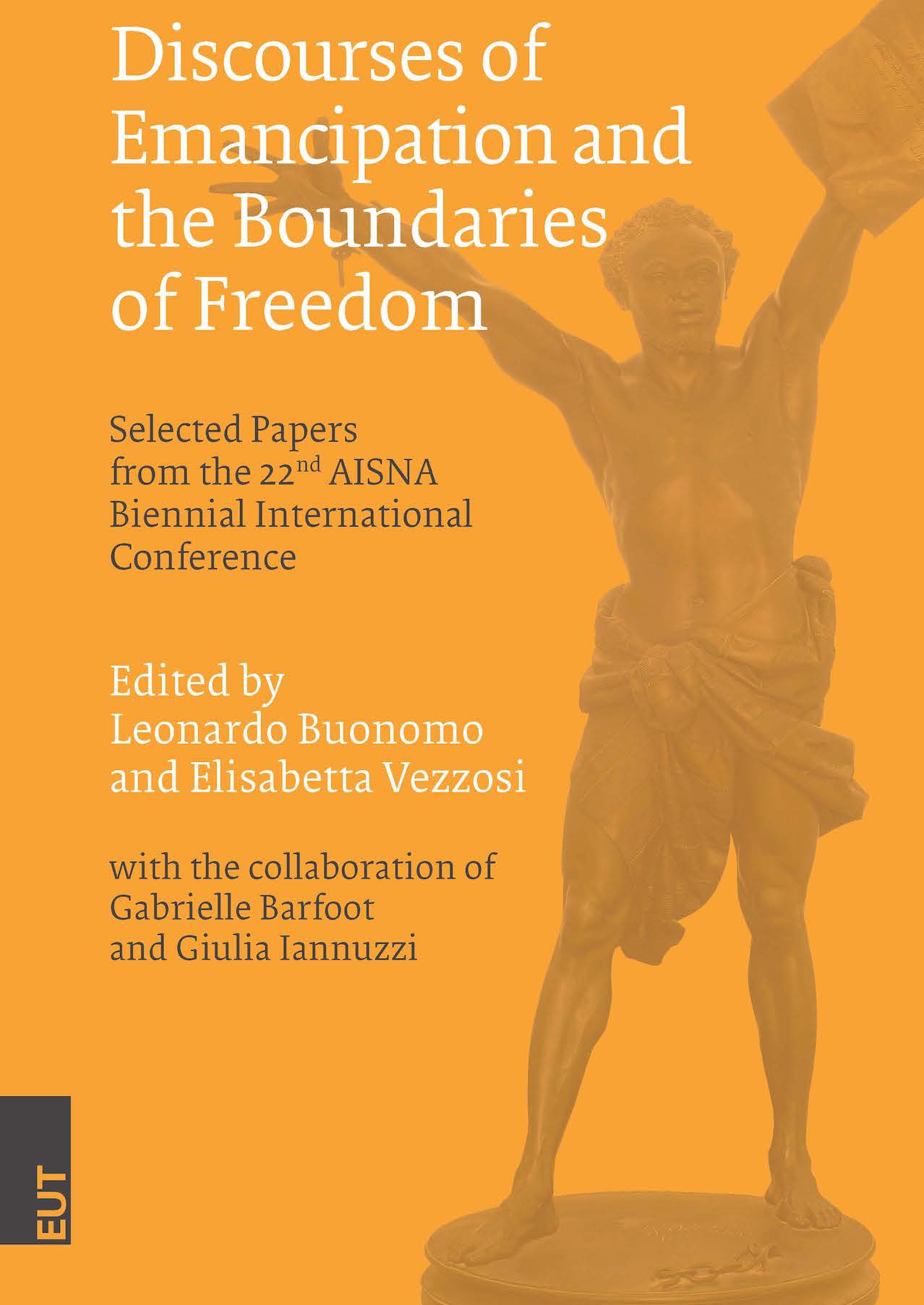
In: Leonardo Buonomo, Elisabetta Vezzosi (curators) “Discourses of Emancipation and the Boundaries of Freedom”, Edizioni Università di Trieste, Trieste 2015.
An essay on Marina Abramovic’s work that clarifies the difference between “performance” and “performativity” and how Performance Art changed in the last decades.
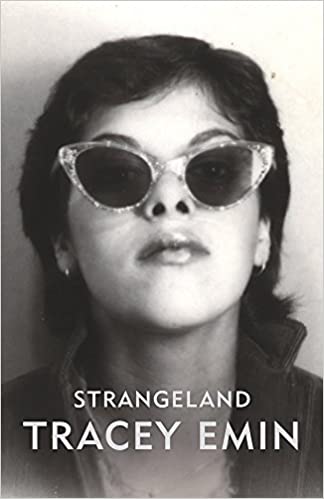
In: Flash Art, October 2015.
A revealing interview with one the stars of the British historical Sensation group. 📄

in Remo Salvadori “Isola Isole Insulae”, Johan & Levi, Milan 2013.
“Stalemate is a chess position in which a player cannot move any piece except the king and cannot move the king without putting it in check”. In Art, it is the condition imposed by the readymade.
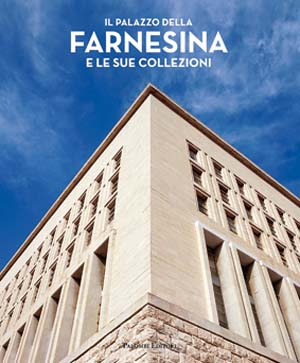
in “Le Collezioni della Farnesina”, Palombi Editore, Rome 2011.
Collecting contemporarity: art and design is an essay on the drives that move a collector to his “compulsion to collect”.
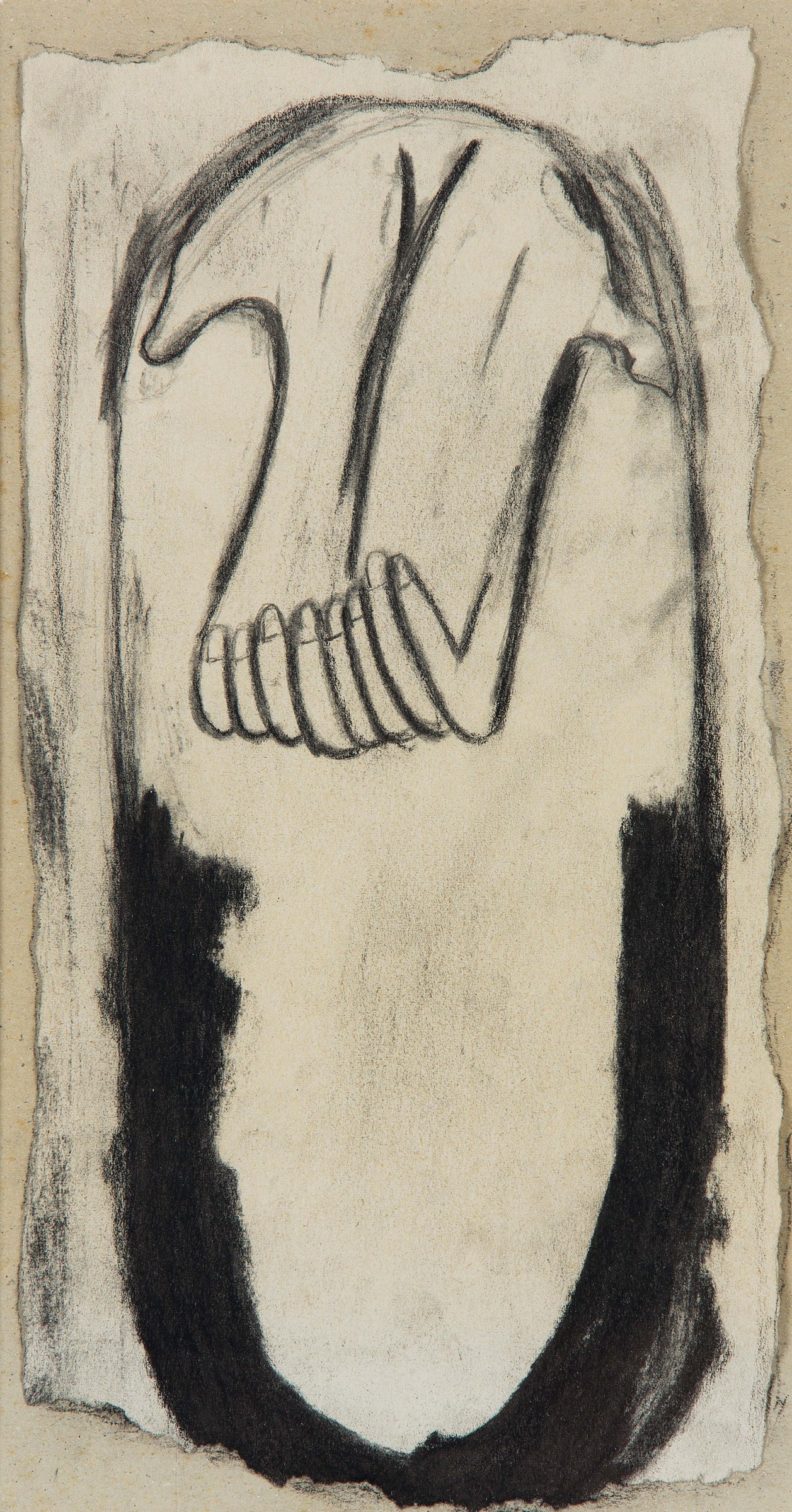
in Flash Art, October 2011.
The title of this essay is perfectly ironic. A detailed essay on Italian Post-Modern Art. 📄
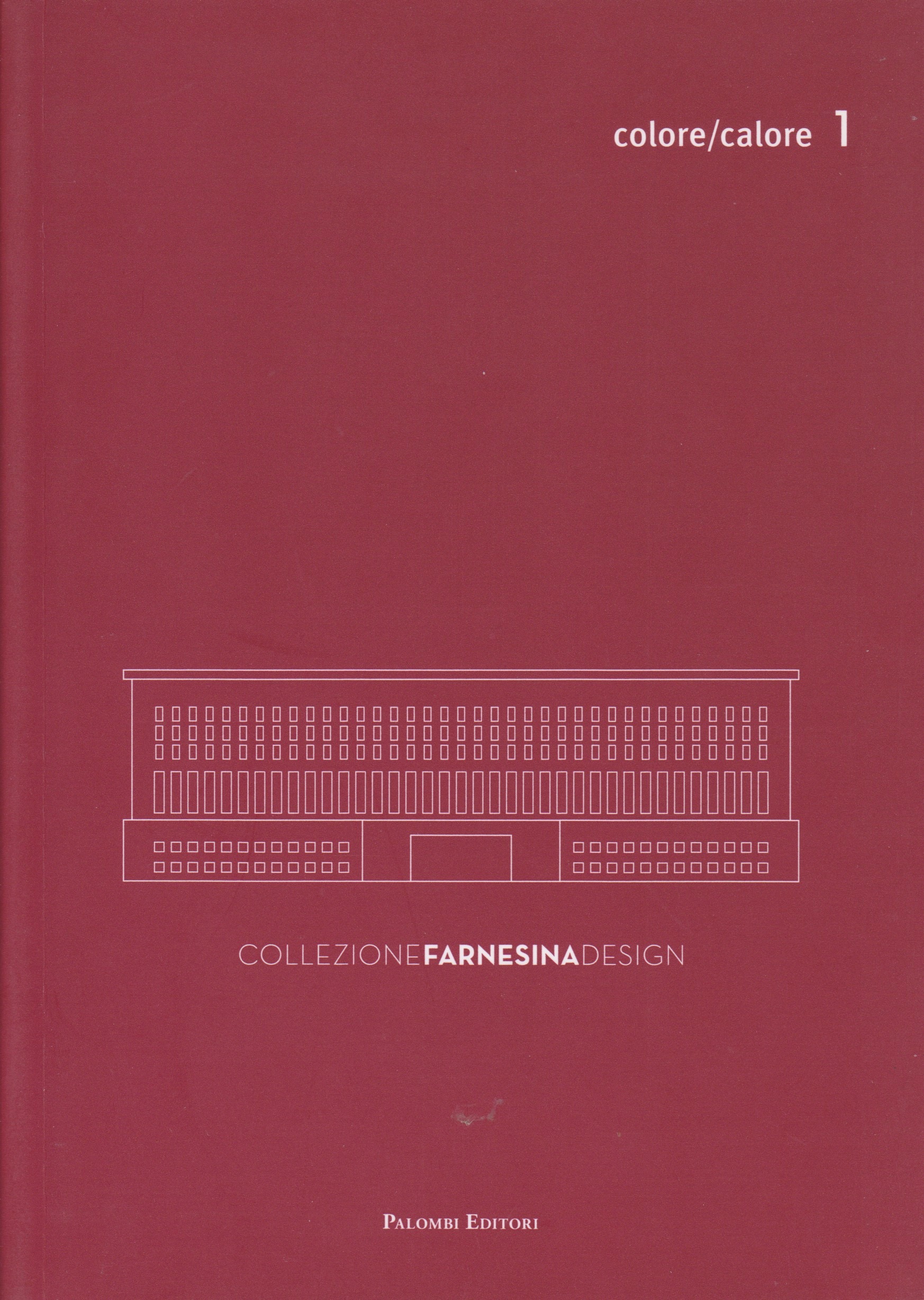
in Collezione Farnesina Design, n. 1, Palombi Editore, Roma 2010.
Colour and warmth for the Farnesina Design Collection is the essay that explains the Farnesina Design Collection and opens the Italian Design Collection tour with exhibitions throughout the world.
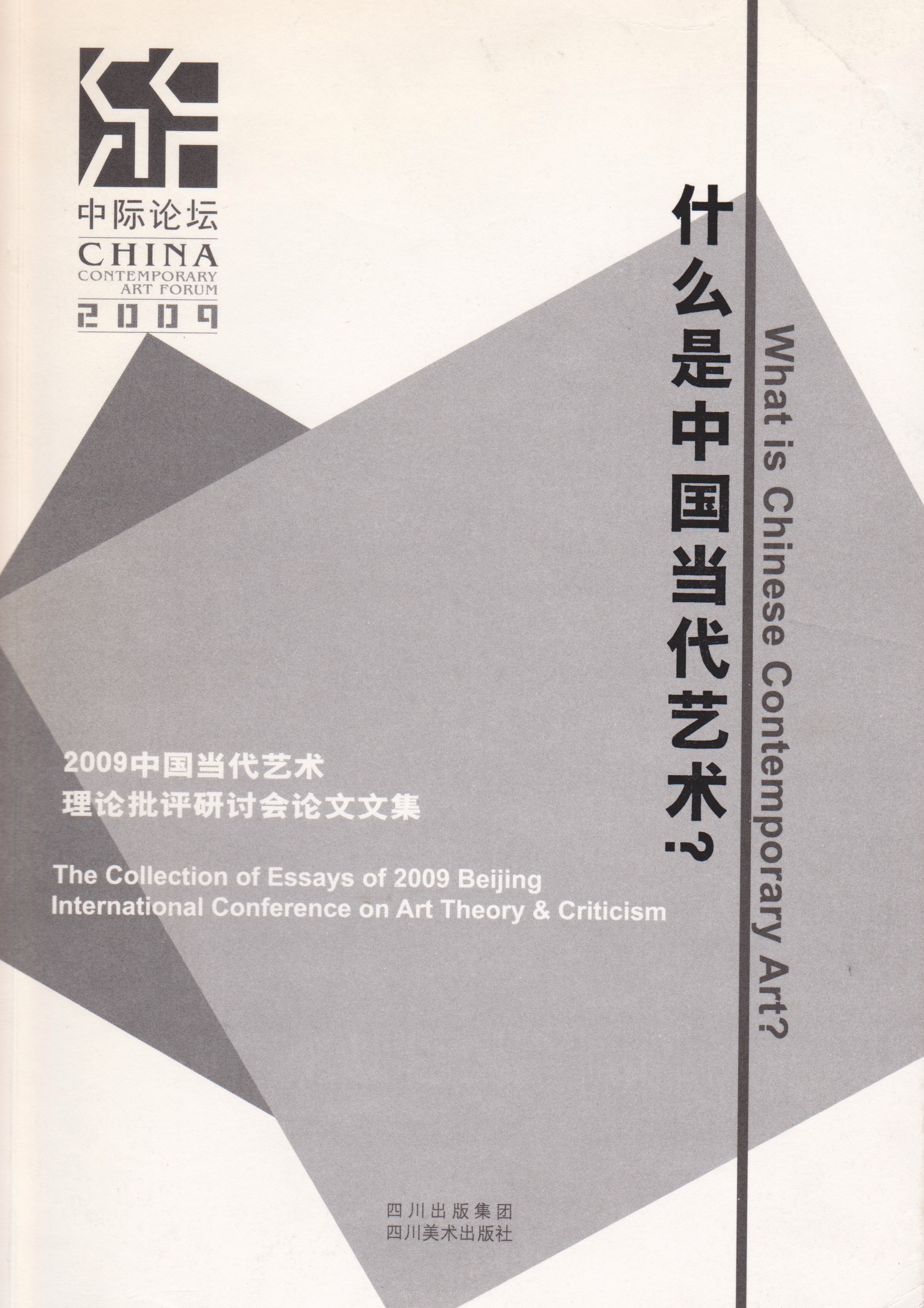
in "1 Forum on Chinese Contemporary Art", University of Beijing, Sichuan Fine Arts Publishing, Beijing 2010.
In the occasion of the First Forum on Chinese Contemporary Art which takes place at the University of Beijing, Capasso published his text on “avanguard”, “performance”, “performativity” as all elements that regard Chinese Contemporary Art. Beijing International Conference on Art Theory and Criticism with: Terry Smith (Professor at University of Pittsburgh at Pennsylvania), Hal Foster (Professor at Art and Archaeology at Princeton University), Jennifer Purtle (Professor at University of Toronto,Canada), David Carrier (Professor at Case Western Reserve) University in Ohio USA, Minna Torma (Professor at University of Helsinki, Finland), Hans Belting (Professor at State College of Design in Karlsruhe Germany), James Ekins (Professor at the Art Institute of Chicago), Jiang Jiehong, (Senior Lecturer Birmingham City University), Britta Erickson (Independent scholar, curator), John Clark (Professor at the University of Sydney), Angelo Capasso (Art critic, curator, Professor for contemporary art, and
co-director of Volume, Rome), Wen Pulin (Independent art critic), Yang Xiaoyan (Professor at Zhongshan University), Gao Ming Lu (Professor at Sichuan Art Academy & University of Pittsburg in
Pennsylvania), Chang Ning Sheng (Professor at Nanjing Art Institute), Huang He Qing (Professor at Zhejiang University), Wang Nan Ming (Shanghai based art critic), Yang Huiling (Professor at Renmin University), Yin Shuangxi (Professor at Central Academy of Fine Art) Wang Ling (Professor at Sichuan Art Academy), Cao Yiqiang (Professor at Fine Art Academy of China), Ding Ning (Professor at Beijing University), Huang Zhuan (Associate Professor at Guangzhuo Art Academy), Shen Yubin (Professor at Zhejiang University), Feng Yuan (Professor at Zhongshan University), Peng Feng (Professor at Beijing University, Geng Youzhuang (Professor at Renmin University, Yin Jinan (Professor at Central Academy of Fine Art), Zhu Qingsheng (Professor at Beijing University).
CAFA Art Museum – Central Academy of Fine Arts
8, Hua Jia Di Nan Street, Chaoyang District – Beijing
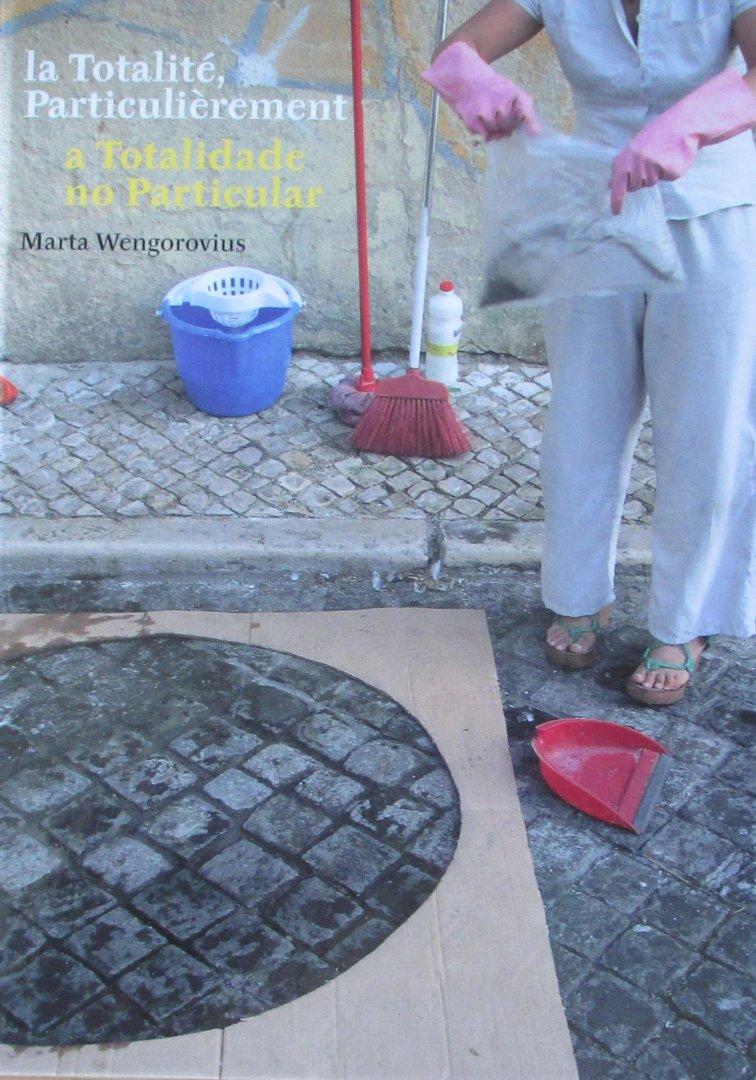
in “Marta Wengorovius. La Totalité, Particulièrement”, Centre Culturel Calouste Gulbenkian, Paris, France, 2009.
Marta Wengorovius is a visual artist and an intellectual whose work concentrates in extending the Art practice to different areas of knowledge. The rich publication produced by the Centre Culturel Calouste Gulbenkian shows Wengorovius’ original perception of Art.
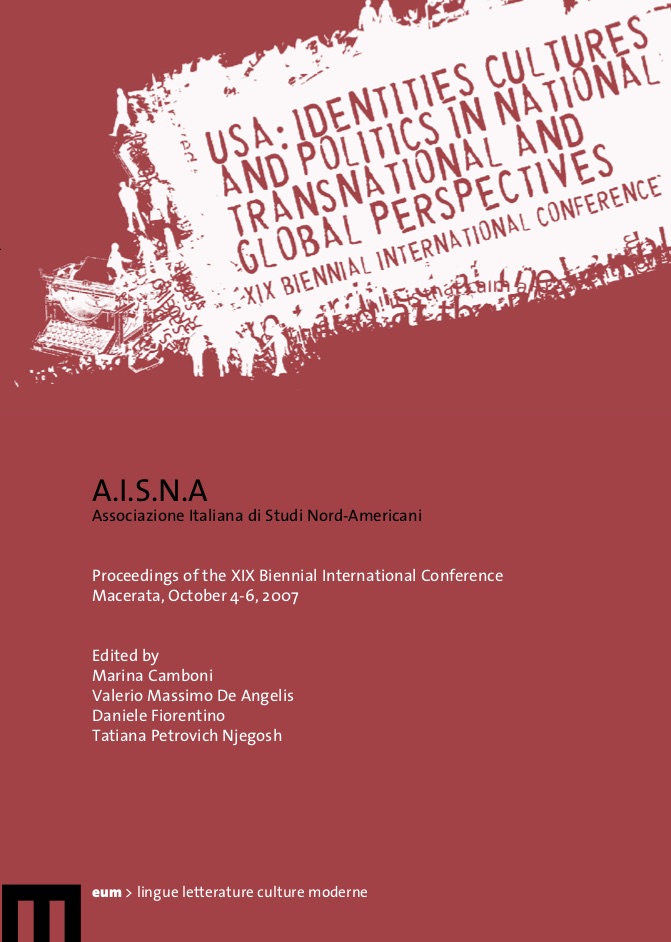
in XIX Aisna Biennal Conference “USA: Identities, Cultural and Politics in National, Transnational, Global Perspectives”, Edizioni EUM, Università di Macerata, Macerata 2009.
Film and video are at the center of this essay that compares Bill Viola and Matthew Barneys work in the way they moved the visual arts closer to the cinema.
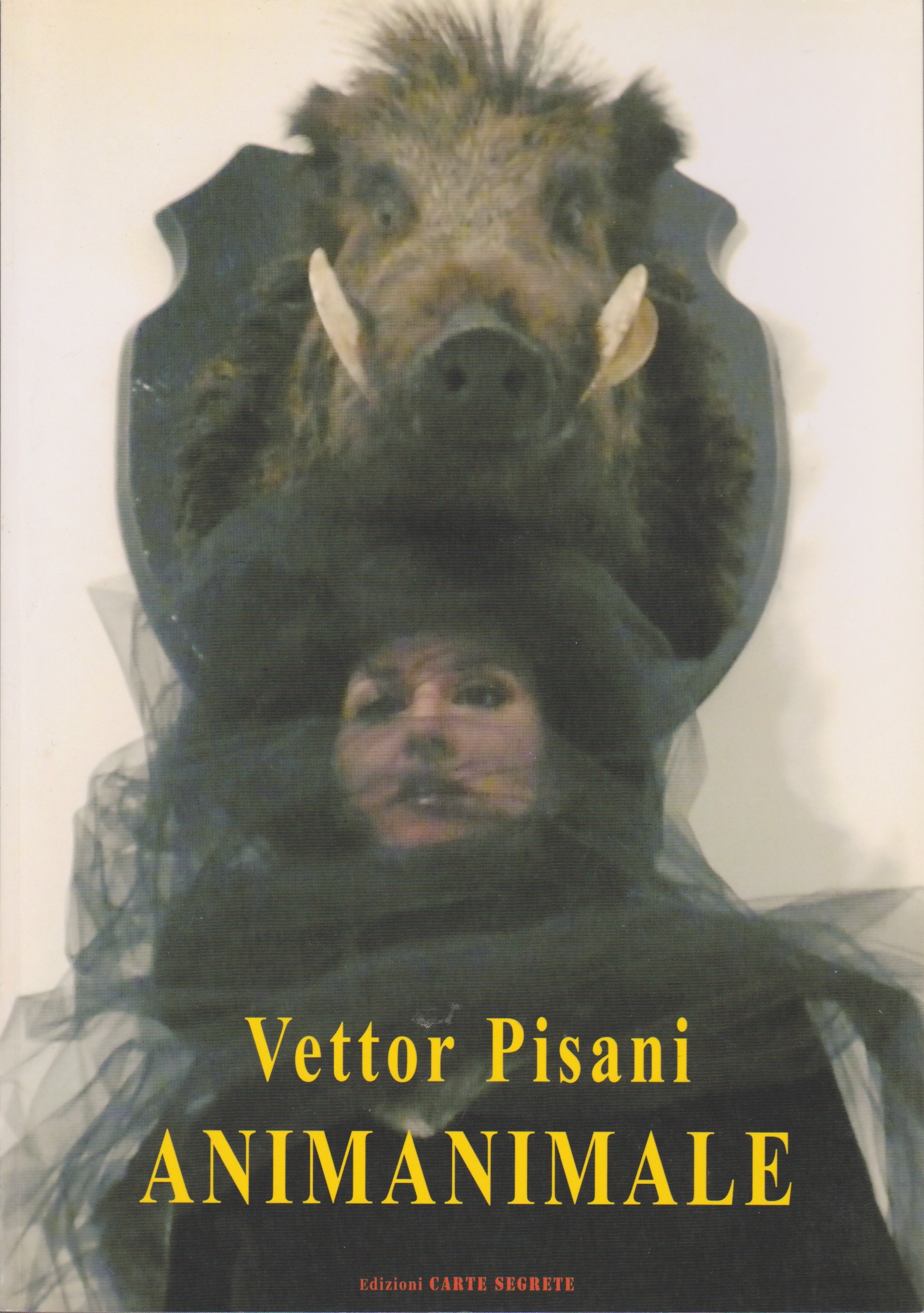
in Angelo Capasso, "Vettor Pisani. Animanimale”, Edizioni Carte Segrete, Rome, 2008.
Roma, 2008.
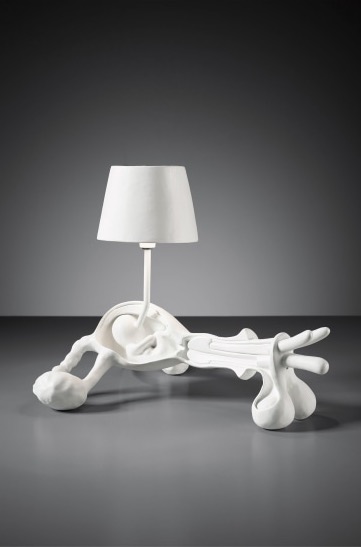
sponsored by the Premsela and Mondriaan Foundation. On the Design.nl website.
An essay on Dutch Design sponsored by Premsela Foundation.
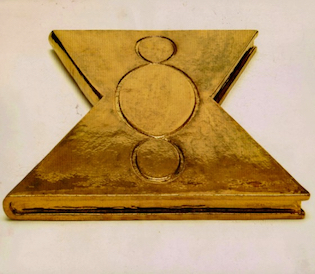
in Third Paradise, NCCA - National Centre for Contemporary Arts, Moscow 2007.
in Terzo Paradiso, Edizione Centro Nazionale per l’Arte Contemporanea, Mosca, 2007. 📄
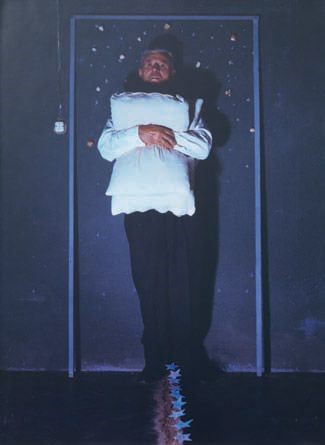
in Michele Zaza, Edizioni Six, Lissone (MI) 2007.
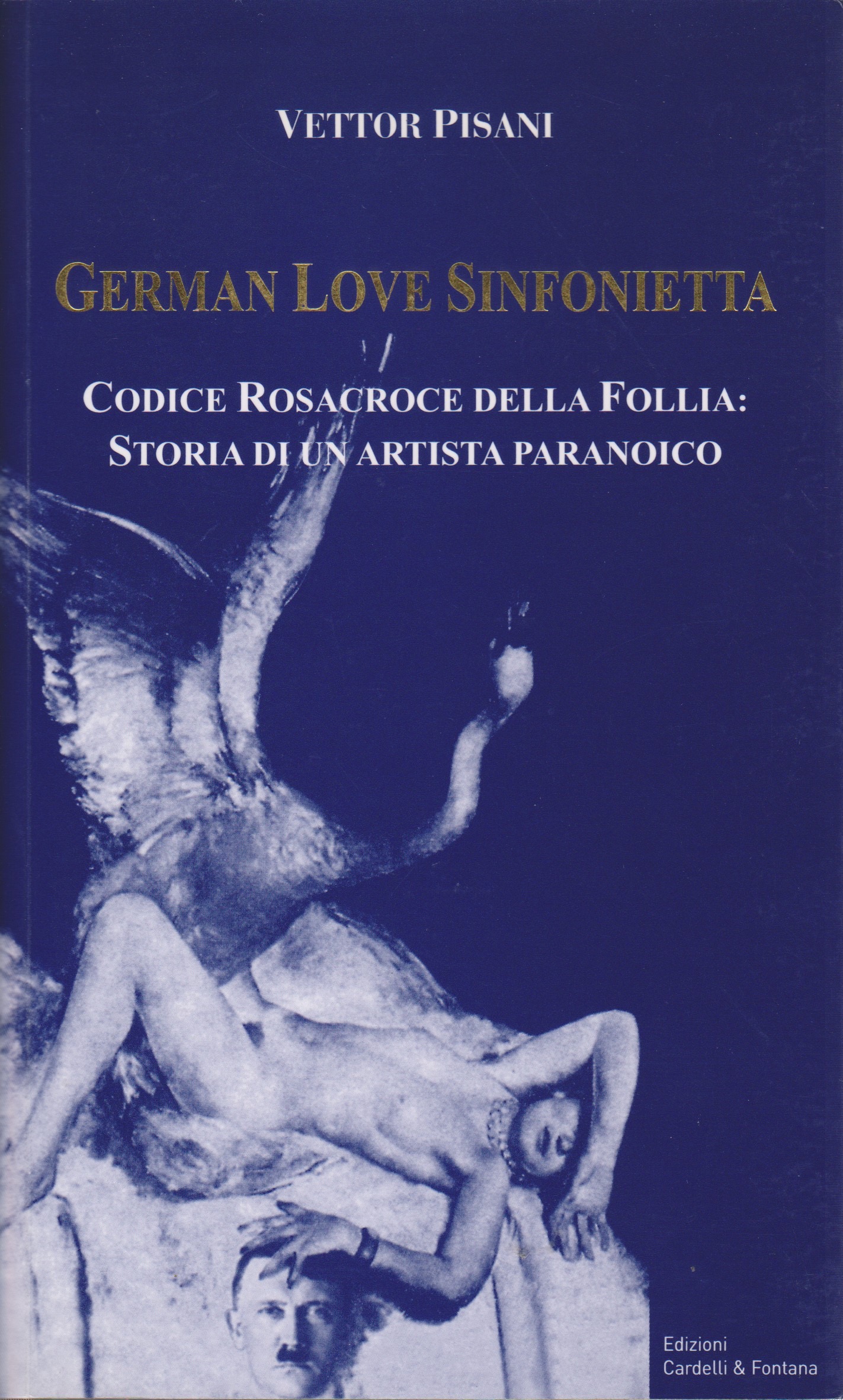
postfazione a Vettor Pisani “German Love Sinfonietta”, Edizioni Cardelli & Fontana, Sarzana (SP) 2007.
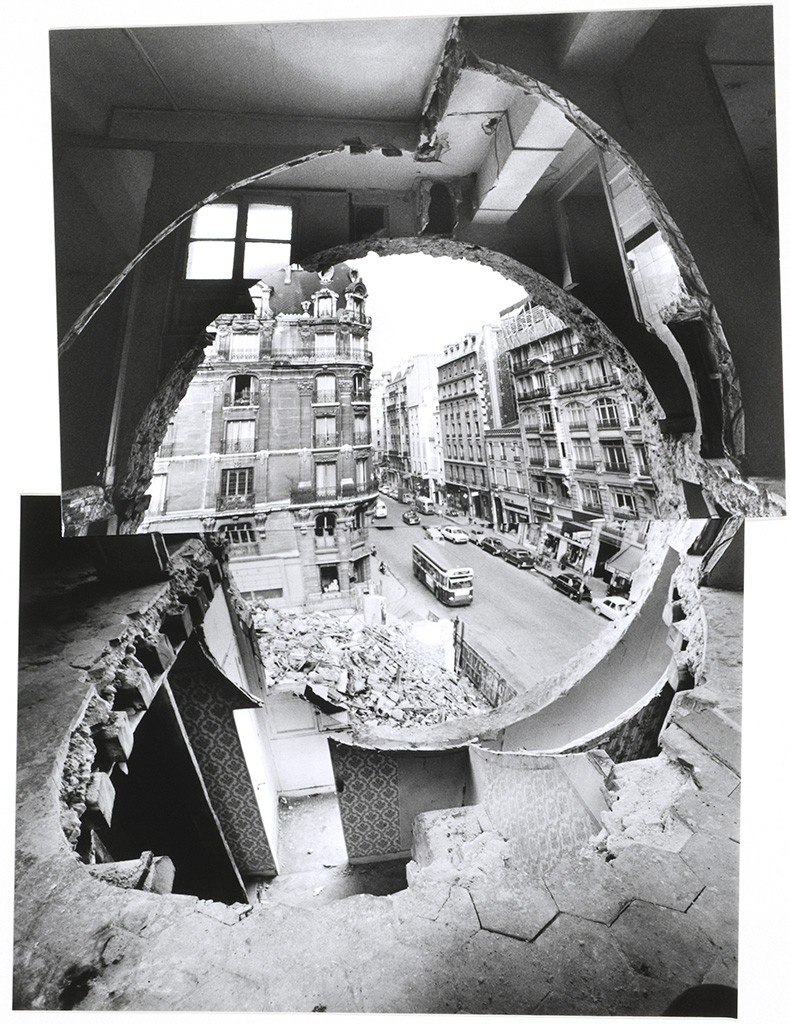
in “American Solitudes. Individual, National, Transnational”, Carocci, Roma 2007.
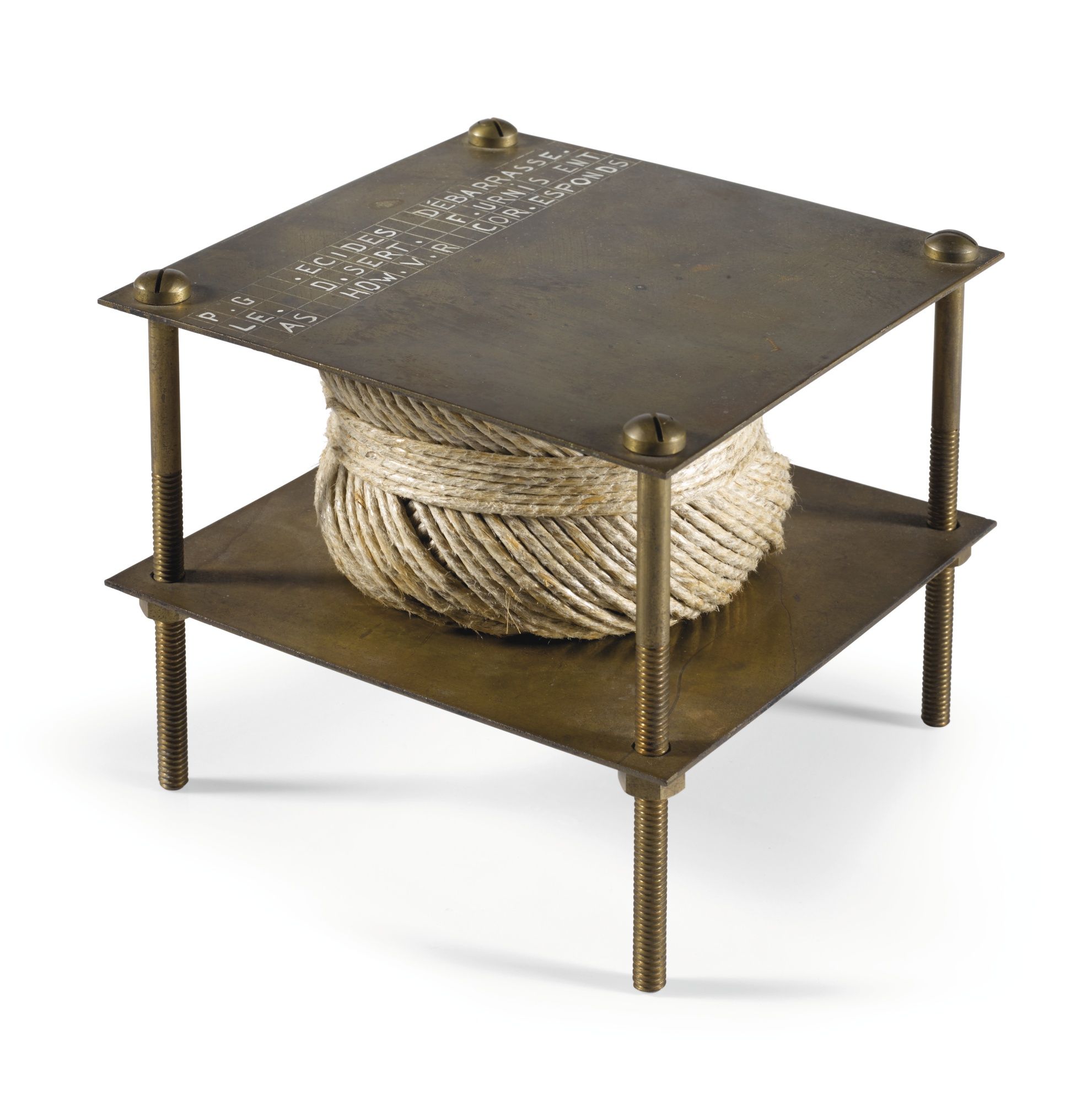
in Op. cit., Electa Napoli, gennaio 2007, numero 128.
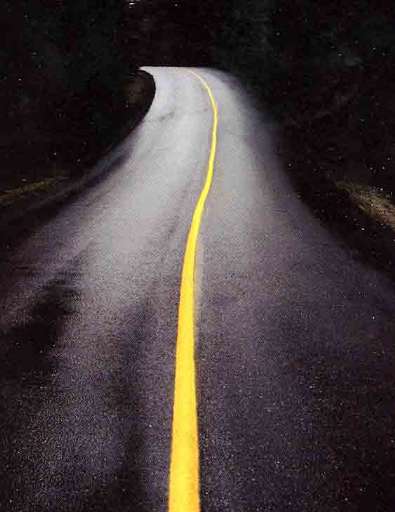
a cura di Francesco Franco. Edizione Università degli Studi di Roma “La Sapienza”. 2004.
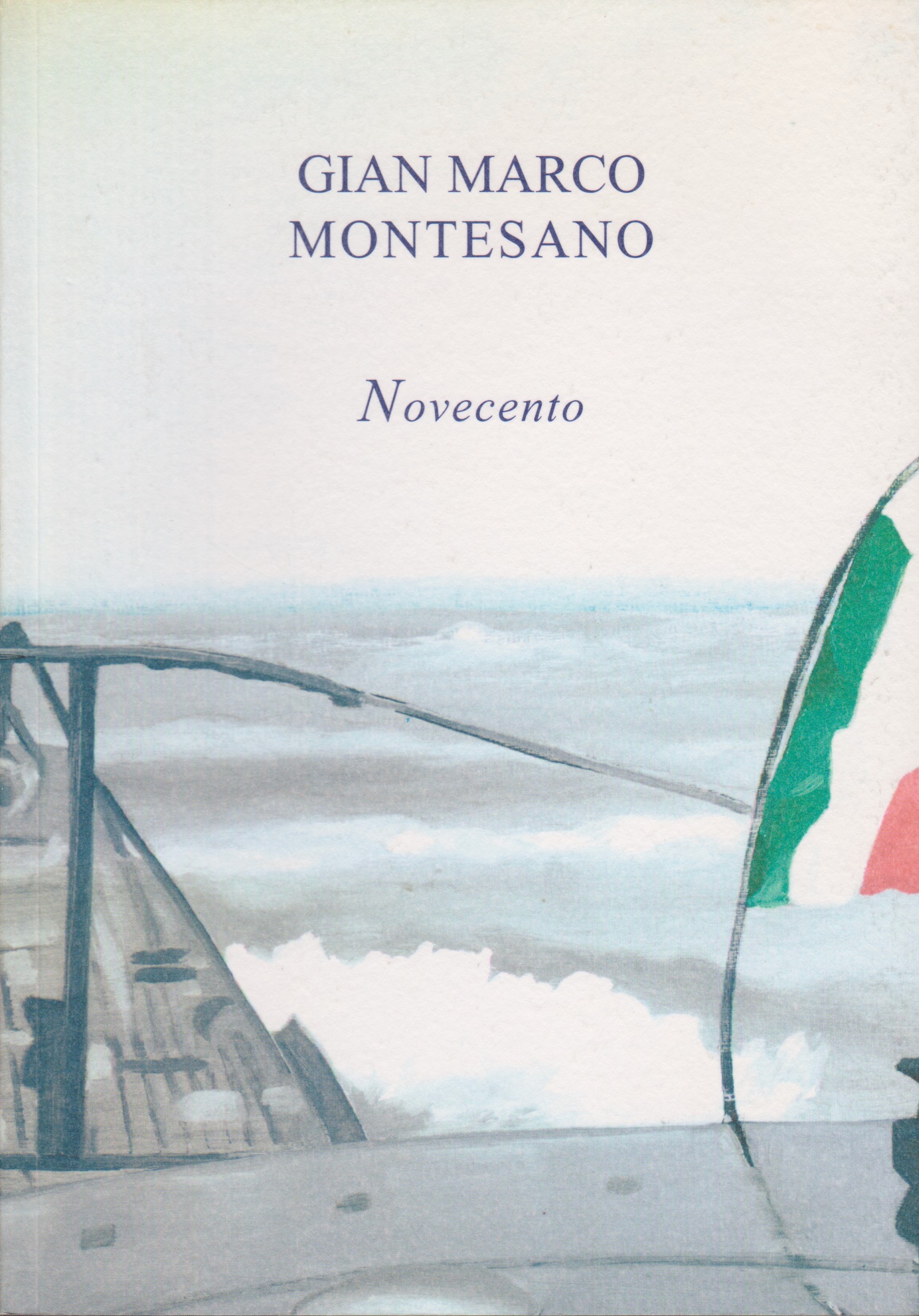
a cura di Paolo Dosa e Victor Arellano Rey, con testi Virginia Baradel, Angelo Capasso, Intervista di Elena Bernardotto, Edizioni Andrea Arte Contemporanea, Vicenza 2003

in “PAJ a Journal of Performance and Art”, 73, January 2003, Volume XXV, The MIT Press, Cambridge (pages 79-86).
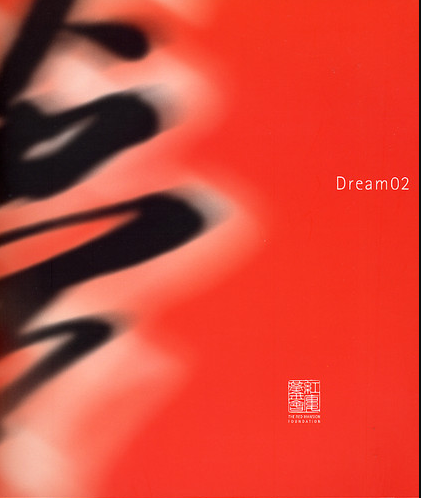
in Dream 02, a cura di Edward Lucie Smith, The Red Mension Foundation Publishing, Londra 2002.

in “Spiridon Neven DuMont”, a cura di Achille Bonito Oliva, Edizioni Skirà, Milano 2002, catalogo della mostra Spiridon Neven DuMont, a Roma, Complesso del Vittoriano, 6 Aprile – 5 Maggio 2002, testi di Achille Bonito Oliva, Angelo Capasso, Siegfried Zielinski
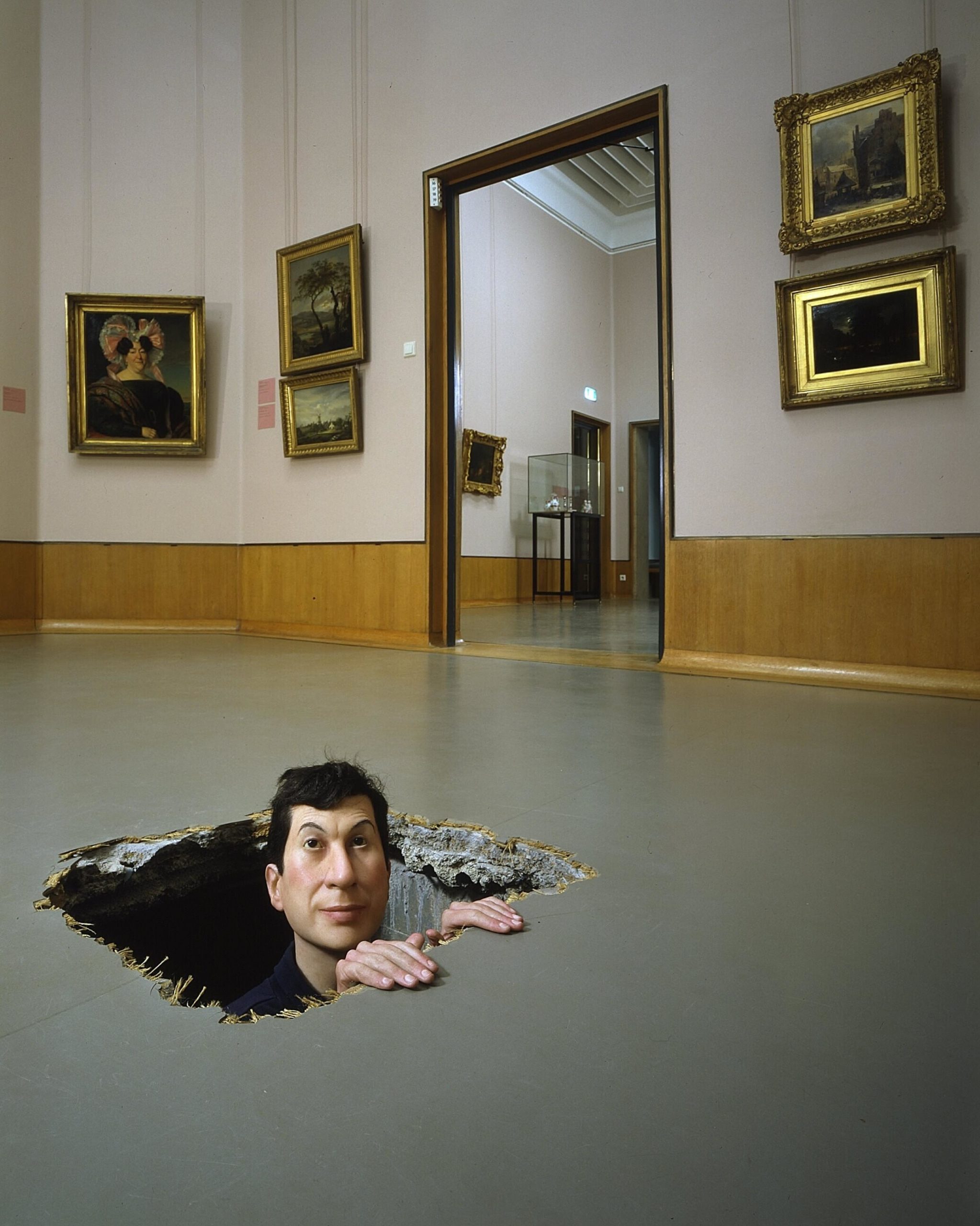
Tema Celeste, maggio-giugno, 2002.

in “Le Muse Inquietanti”, a cura di Rosalba Branà Edizioni Zelig Bari 2001.

in “Giuseppe Gallo. 1979-2001: Prova generale”, a cura di Achille Bonito Oliva, testi di Achille Bonito Oliva, Angelo Capasso, Tonino Sicoli, Edizioni Abramo, Cosenza 2001.

in “Le tribù dell’arte” Catalogo della mostra di Achille Bonito Oliva, Edizioni Skira 2001.

Arte e Critica, gennaio – marzo 2001.
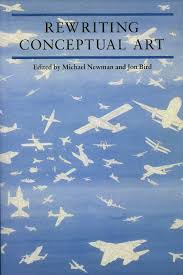
Arte e Critica, gennaio – marzo 2001
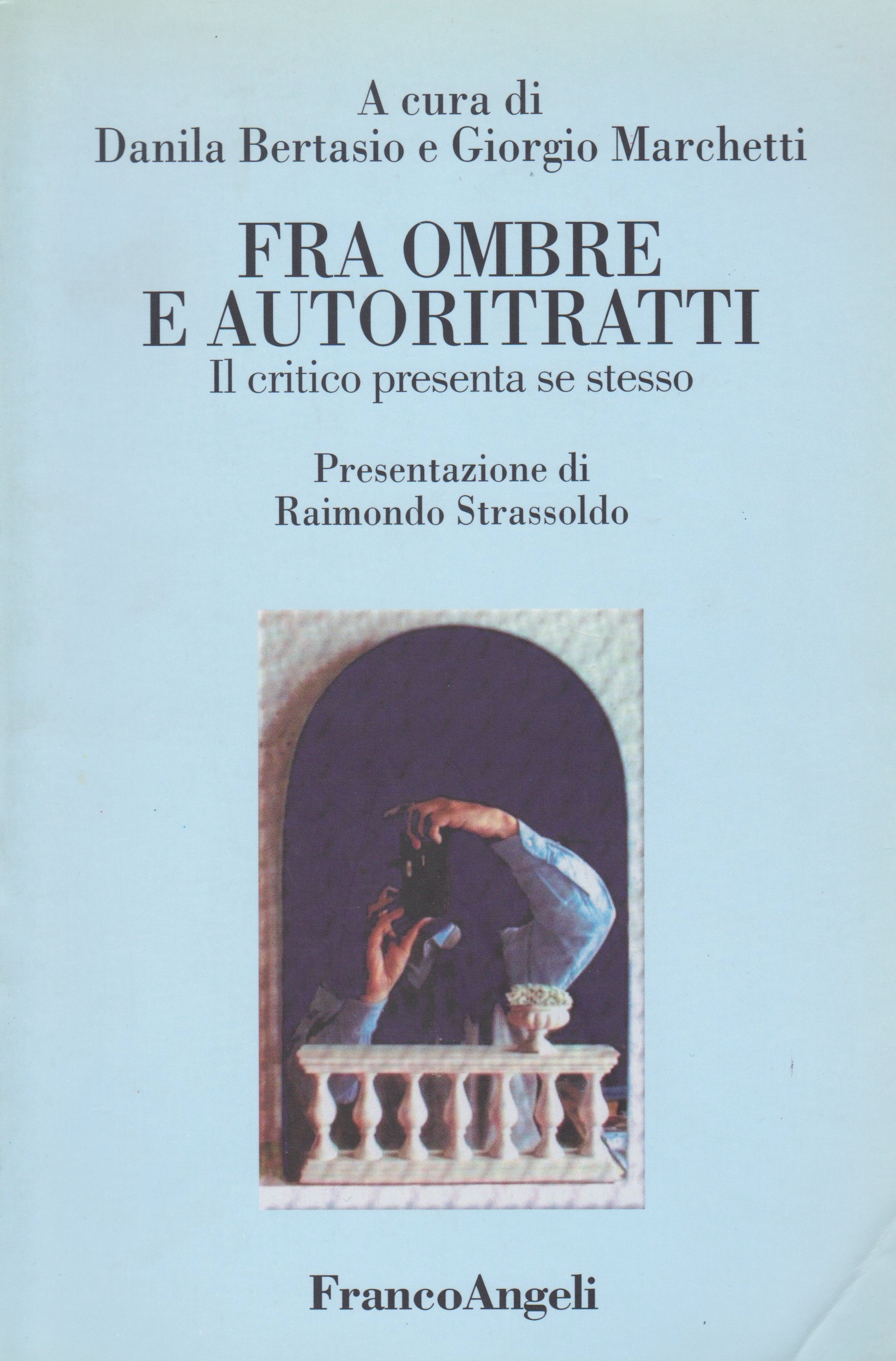
in AA.VV. (a cura di Danila Bertasio e Giorgio Marchetti) “Fra ombre e ritratti. Il critico presenta se stesso”, Franco Angeli, Milano, 2000.
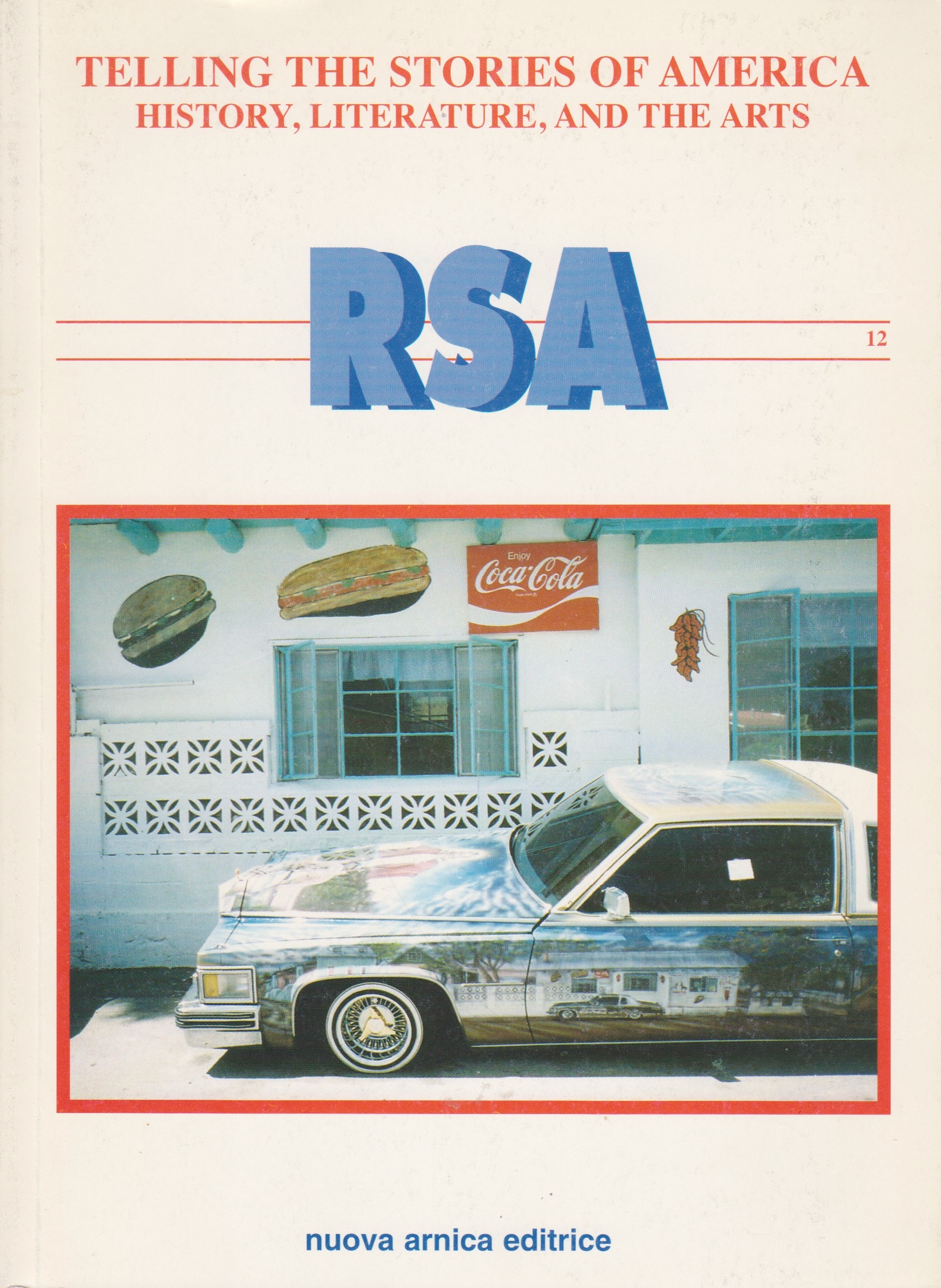
in AA.VV. “Telling the Stories of America. History, Literature, and the Arts”, Nuova Arnica Editrice, Roma 2000.
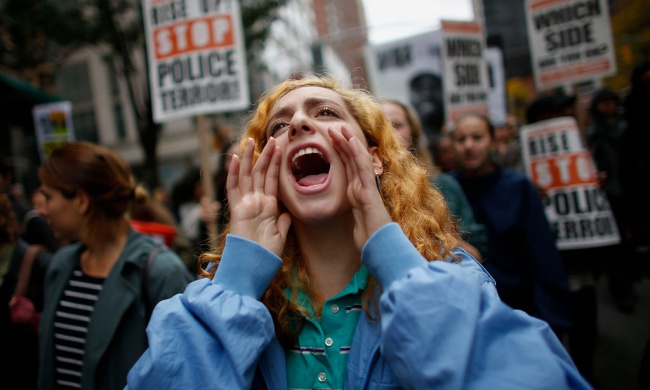
RomArte, anno III, n. 2/3.

Time, 26 October 1998 ABSOLUT ORIGINALS, 1998📄
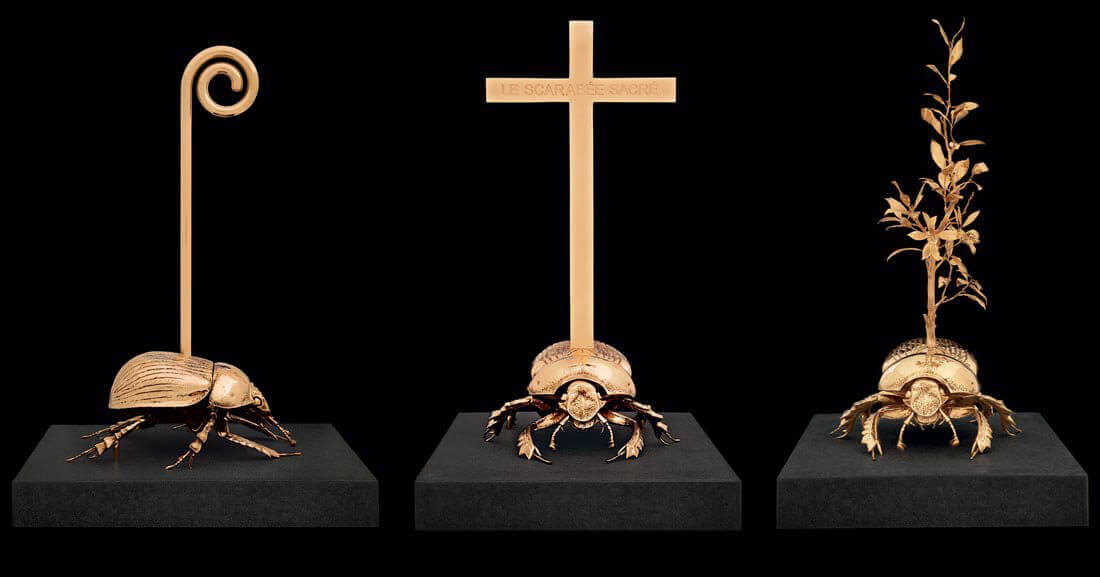
RomArte, anno III n. 1.
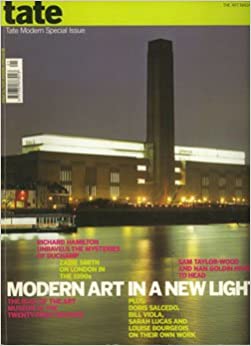
Tate, the art magazine, Spring, 1998.
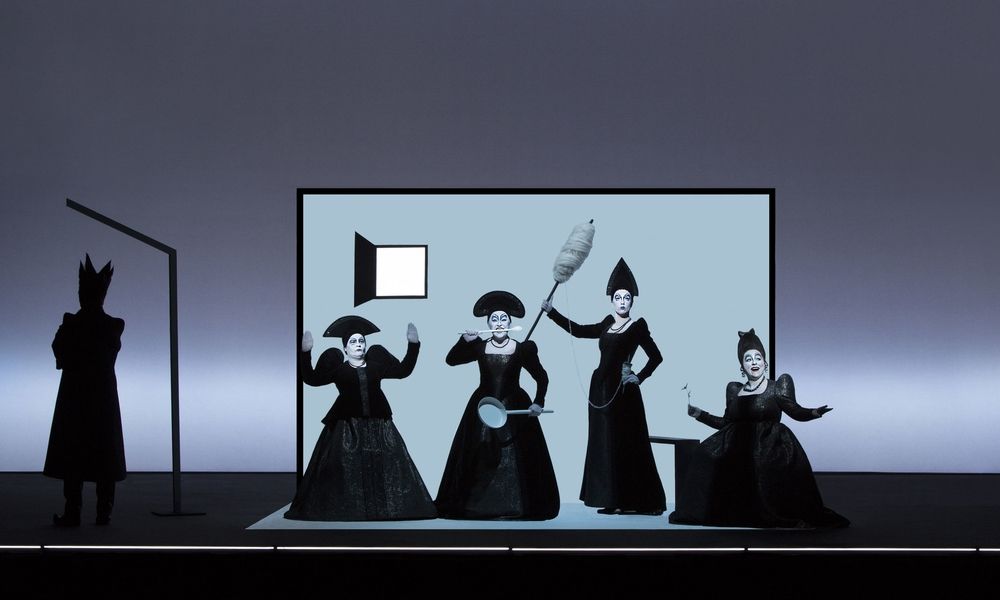
Sipario, marzo, 1998.

Sipario, dicembre, 1997.
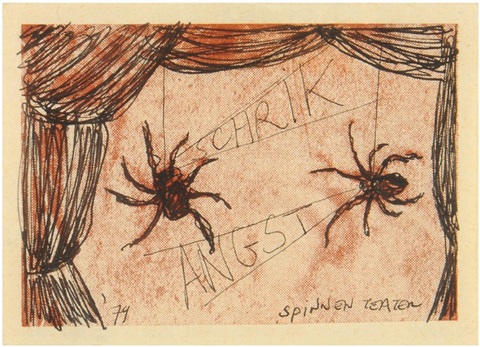
Modus vivendi, ottobre, 1997.
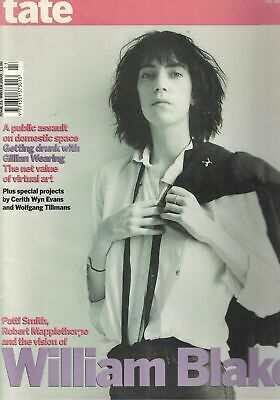
Tate, the art magazine, Winter, 1997.
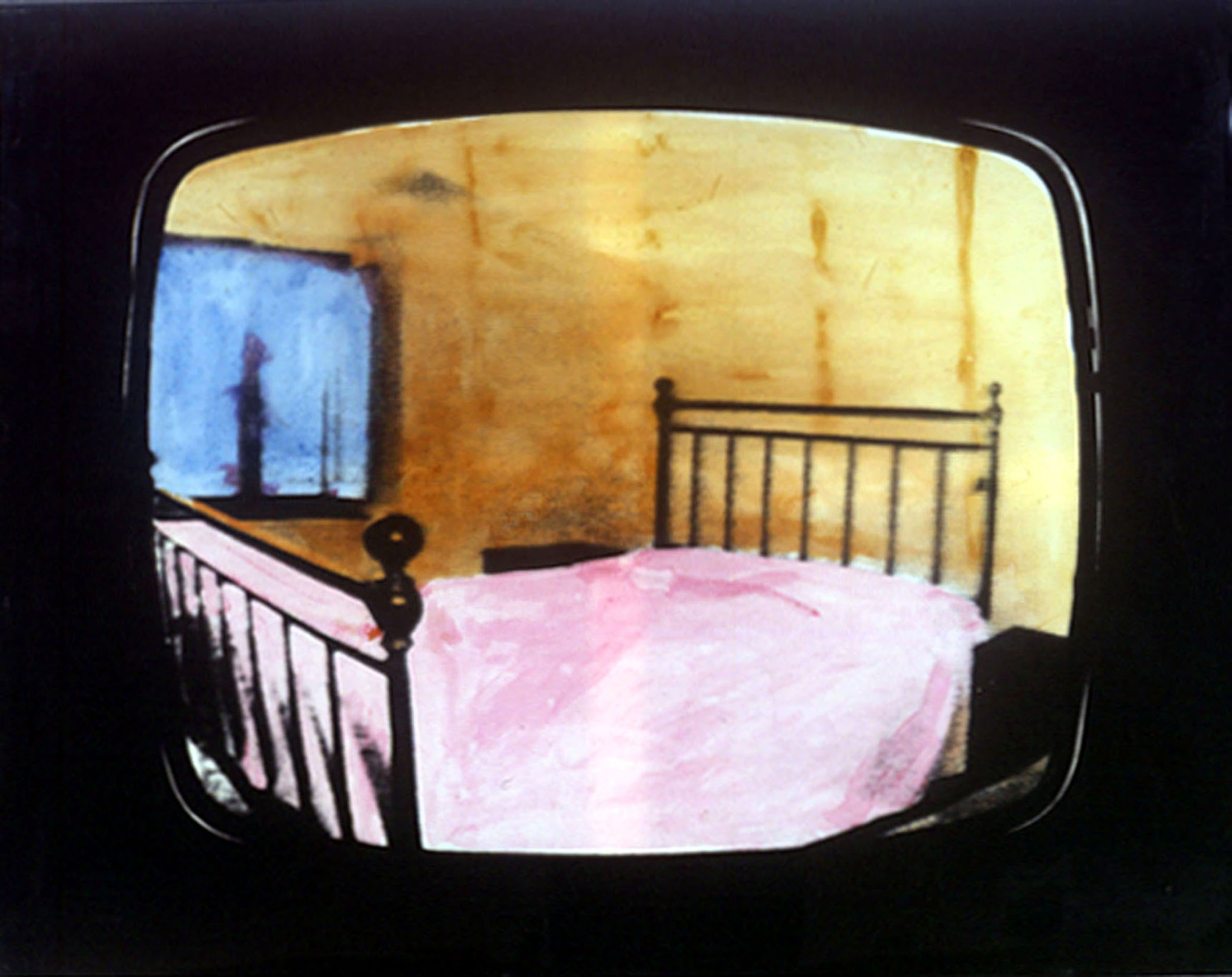
Liberazione, 16 febbraio, 1997.
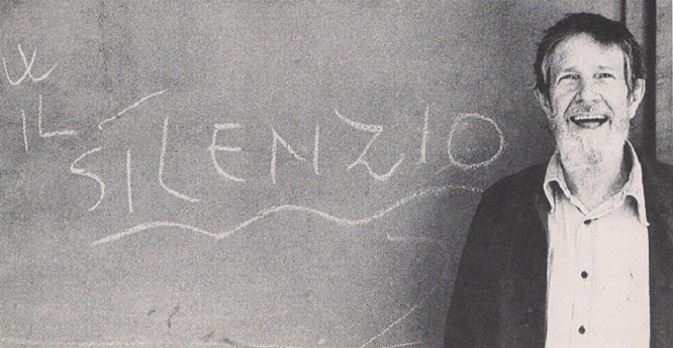
Cahiers d’Art, n.18, 1996.
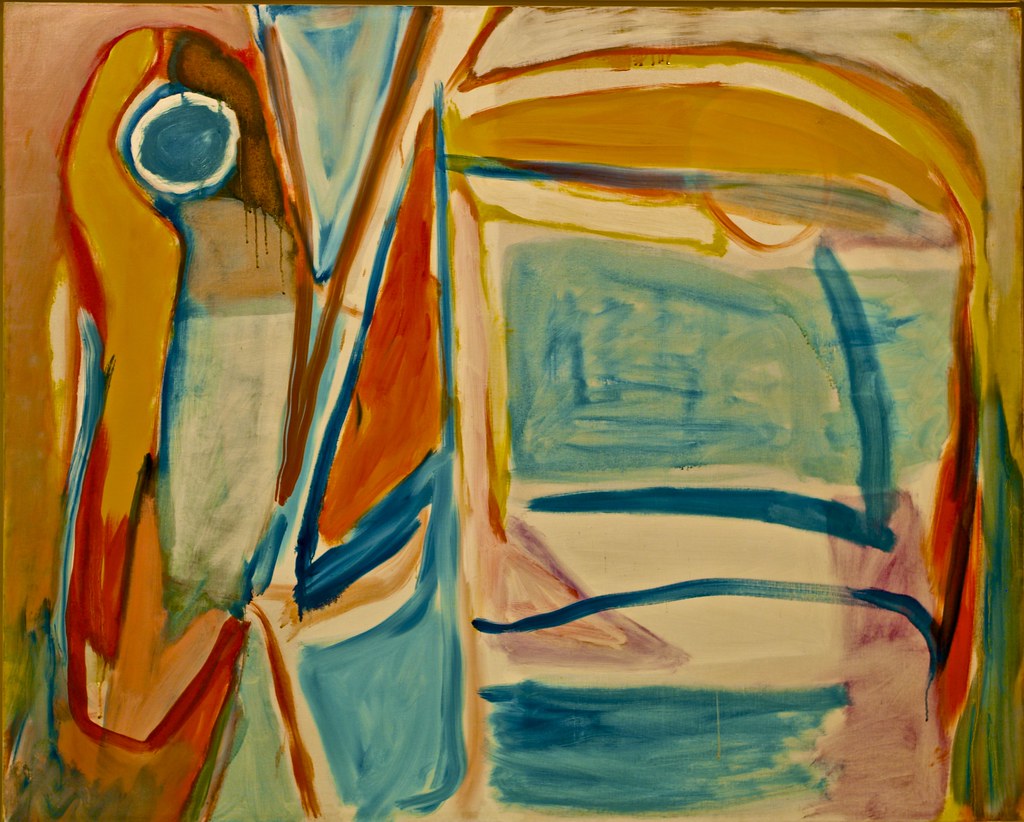
Cahiers d’Art, n. 15, 1996.
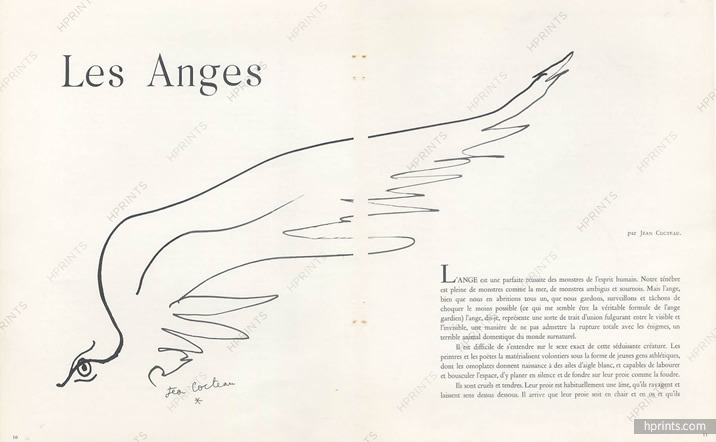
Cahiers d’Art n. 14, 1996.

Cahiers d’Art, n. 13, 1996.

La Nuova Ecologia, n. 6, giugno 1996.

Cahiers d’Art, n. 12, 1996.
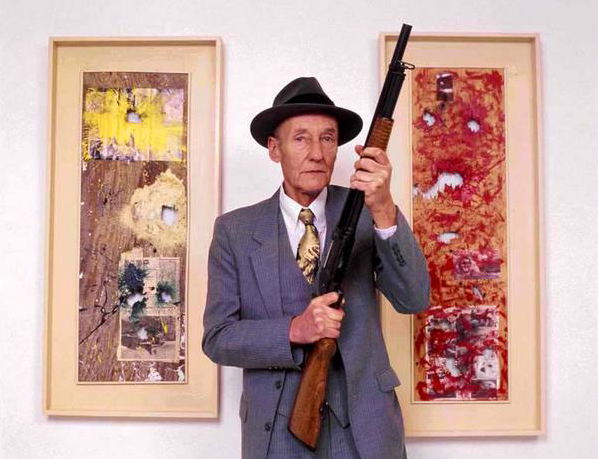
Cahiers d’Art, n. 11, 1996.
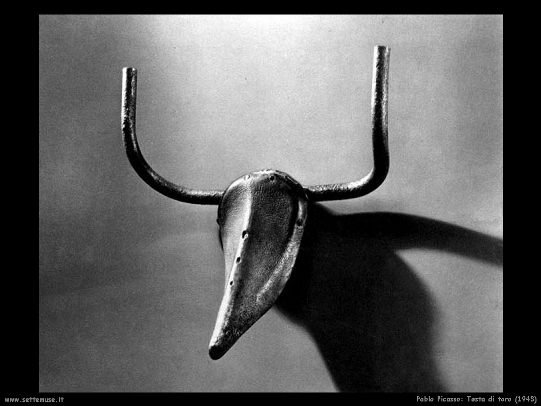
Cahiers d’Art, n. 11, 1996.

Cahiers d’Art, n. 10, 1996.
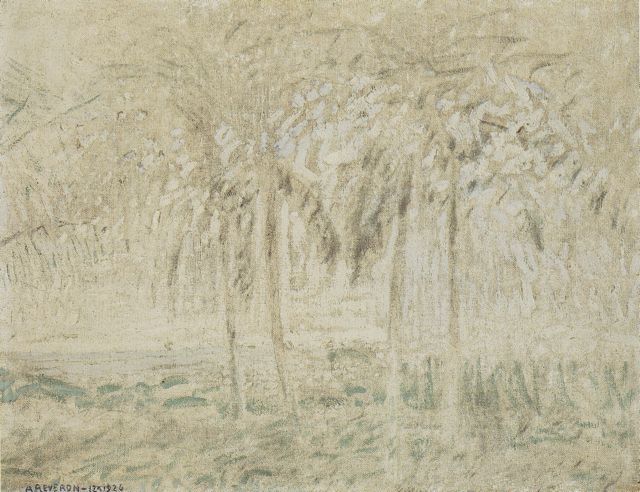
Cahiers d’Art, n. 9 1996.
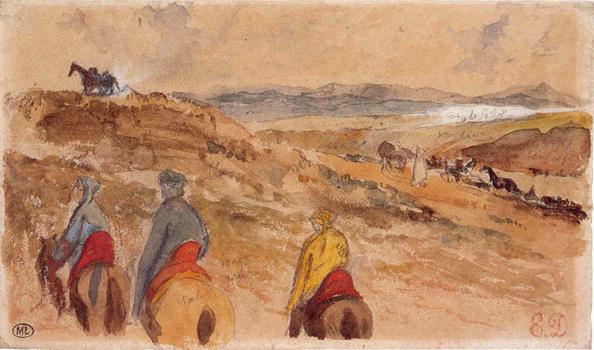
Cahiers d’Art Italia, n. 9 1996.
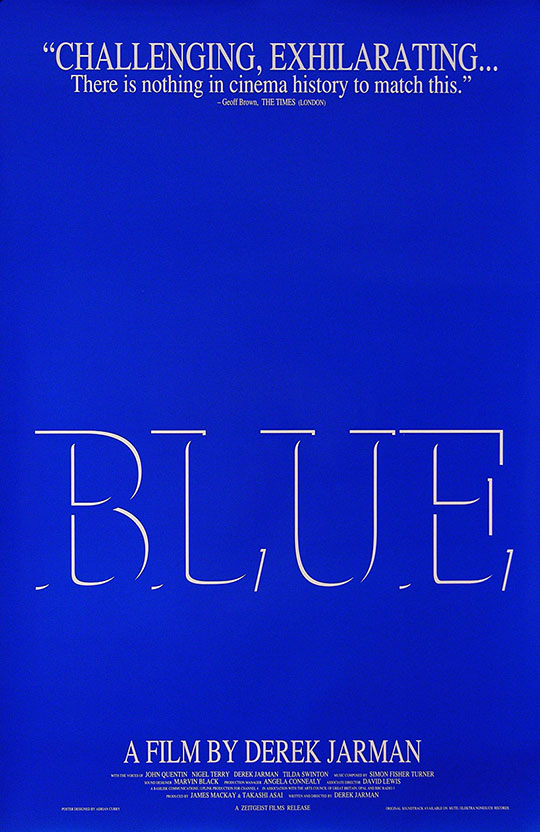
Cahiers d’Art Italia, n. 8 1996.
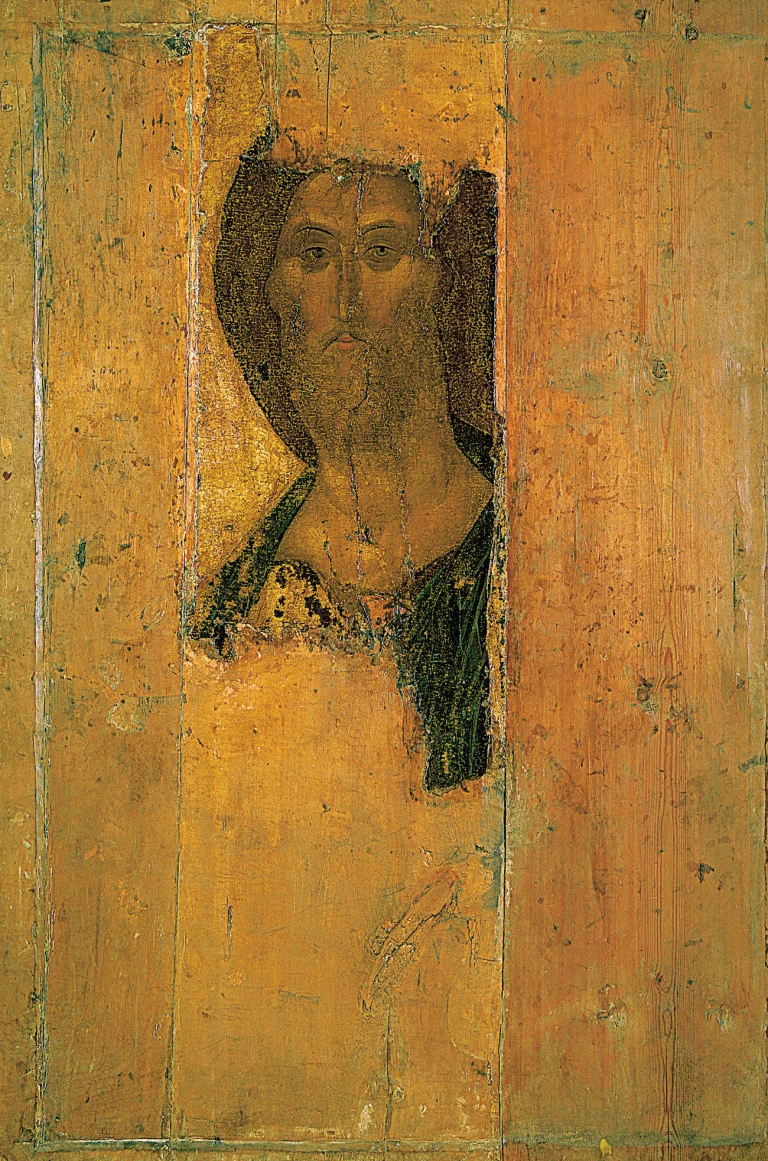
Cahiers d’Art International – English Edition, n. 1, 1995
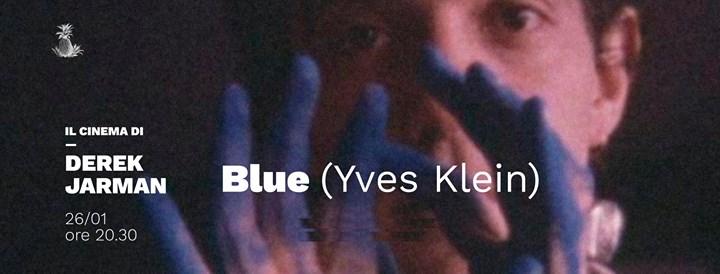
Filmcritica, 454, aprile 1995, pp. 163-171.